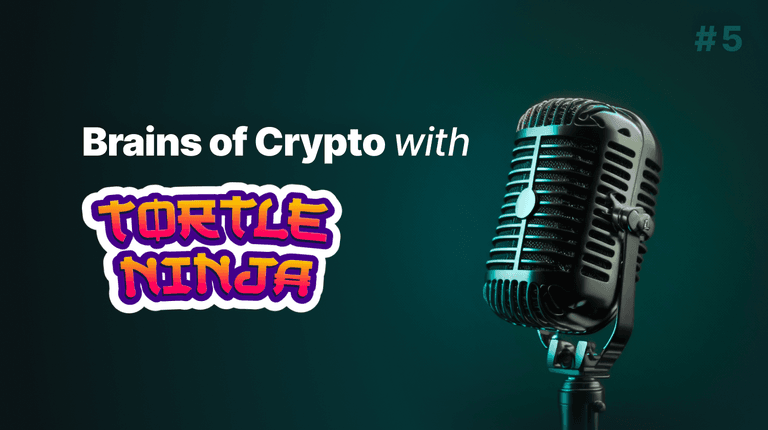Fantom
Explore tokens from Fantom blockchain – fast, scalable, secure and EVM compatibility blockchain that utilizes a directed acyclic graph (DAG) approach.
All You Need to Know About Fantom
Fantom is an open-source, high-performance blockchain platform designed to solve some of the most pressing issues in the blockchain industry, such as scalability, interoperability, and security. The platform uses a novel consensus mechanism called the Lachesis Protocol, which allows for faster transaction processing and higher throughput compared to other blockchain platforms. Fantom aims to provide a robust infrastructure for decentralized applications (dApps) and the creation of new blockchain projects, while also enabling easy integration with other blockchains and legacy systems.
How Fantom Works?
Consensus Mechanism
The consensus mechanism used by Fantom is called Lachesis, which is a variant of the Directed Acyclic Graph (DAG) protocol. This protocol allows for fast transaction confirmation and high scalability. Lachesis achieves consensus by using a process called gossiping, where nodes exchange information about transactions and confirmations with their neighboring nodes.
Imagine that you and your friends are in a room and want to agree on something. Instead of having a leader who makes the final decision, you each talk to your neighbor and share your thoughts. Your neighbor then shares your thoughts with their neighbor, and so on, until everyone in the room has heard everyone else's thoughts. This is how the gossiping process works in the Lachesis consensus mechanism.
- Lachesis is a secure and scalable consensus engine
- The consensus is achieved by a process called Gossiping
- Asynchronous Byzantine Fault Tolerance (aBFT) enables the network to run, even when a big part of the participants is acting maliciously
Another key feature of Lachesis is its ability to achieve asynchronous Byzantine Fault Tolerance (aBFT). This means that the network can still reach consensus even if up to one-third of the nodes are malicious or fail to respond.
EVM Compatibility
One of the key advantages of Fantom is its compatibility with the Ethereum Virtual Machine (EVM). This means that developers can write and deploy smart contracts on Fantom using Solidity, the same programming language used on the Ethereum blockchain. This compatibility makes it easy for developers to port their existing Ethereum-based applications and dApps to the Fantom network.
Additionally, Fantom has a high degree of interoperability with other blockchains, which makes it easy for developers to build cross-chain applications. This interoperability is achieved through the use of Atomic Swaps, which allow for a seamless and secure exchange of tokens between different blockchain networks.
The Fantom (FTM) Token
The FTM token is the native token of the Fantom network and is used for a variety of purposes within the ecosystem. FTM is an ERC-20 token that powers the Fantom network, allowing users to participate in network governance and pay transaction fees.
Utility
- Staking: FTM holders can stake their tokens to help secure the network and earn rewards in the form of more FTM. Staking also helps to reduce the circulating supply of FTM, which can increase the token's value.
- Governance: FTM holders can participate in the governance of the network by proposing and voting on changes to the protocol. This includes changes to fees, block rewards, and other parameters.
- Transactions: FTM is used to pay transaction fees on the Fantom network. This means that every time a user wants to send a transaction, they need to have a small amount of FTM in their wallet to pay for the fees.
Tokenomics
The FTM token has a fixed total supply of 3.175 billion FTM with over 2.7 billion already in circulation. Tokens were distributed by a series of private sales, finishing up with a public ICO in 2018. About half of the token supply was sold to private investors who helped contribute to the project's development, while the remainder was distributed among various entities. These entities include token rewards, airdrops, team members, and advisors. By premining the token supply, Fantom was able to distribute its tokens before the launch of its mainnet, helping to build interest and support for the project.
New tokens enter circulation as a reward for Validators participating in the consensus of the network (staking). The staking rewards rate decreases over time, eventually reaching the total supply. Validators should then be paid entirely by network transaction fees.
Fantom has integrated an implicit burn mechanism into the network. That means a certain part of every transaction fee is removed from circulation. This kind of supply reduction is supposed to keep the demand steady and eventually result in a higher price per token.
Using Fantom - the Ecosystem
Because of its high throughput, the Fantom network is suitable for a wide range of applications. The most popular use case at this time would be as an alternative chain for DeFi applications. A lot of well-known dApps and protocols have been ported on Fantom thanks to the EVM compatibility. Examples of such include Curve and AAVE.
Native Apps
However, a lot bigger transaction volume is provided by a large selection on Fantom-native dApps. These include DEXs (SpookySwap, Beethoven X), Lending platforms (Geist Finance), Staking solutions, yield aggregator platforms (Beefy Finance) and so on.
In addition to DeFi, Fantom is also gaining traction in the gaming industry. Developers are building blockchain-based games on Fantom, taking advantage of its fast and inexpensive transactions. The network is also seeing growth in the non-fungible token (NFT) space, with marketplaces like Fantom Gallery and Artion allowing users to buy and sell unique digital assets.
Aside from these industries, Fantom can also be used for a range of other applications, such as supply chain management, identity verification, voting systems, and even medical applications.
FAQs
How stake Fantom?
The most straightforward way is to open the official Fantom foundation website and delegate your FTM to a validator. Additionally, you can use third-party services like Stader protocol, which enables you to mint liquid staked derivatives of your assets. Fantom staking can be combined with a lockup period as long as 365 days - longer lockup period results in a higher staking APR.
How to add the Fantom network to Metamask?
To add the Fantom network manually, open your Metamask wallet and expand the network button in the top right corner. From there, you should see a button saying "Add Network". When you click on that button, Metamask will show you some popular networks to add, including the Fantom network. Simply select the plus button next to the network you wish to add.
Is Fantom linked to Ethereum?
Fantom is not linked to Ethereum directly, however, the Fantom network is built using the same framework as Ethereum (Solidity) and therefore is EVM (Ethereum Virtual Machine) compatible. EVM compatibility means that developers can seamlessly transfer dApps across both chains in a basically unchanged state. Cross-chain interoperability between EVM-compatible chains is very high and allows for easy asset transfer.
What are the disadvantages of Fantom?
Fantom is a relatively new blockchain and as such, its adoption is quite limited. Additionally, the competition in the blockchain industry is very high, with many other cheap and fast alternative L1s and L2 solutions on the market. Fantom relies on a set of centralized validators, which could pose a major threat to network stability compared to a more decentralized approach.
Why is Fantom so fast?
Fantom relies on its competitive aBTF consensus engine called Lachesis. Fantom's Lachesis consensus engine achieves fast transaction speeds through its DAG structure, which allows for parallel processing of transactions. This means that transactions can be confirmed almost instantly, rather than waiting for a block to be mined like in traditional blockchain networks. Additionally, Lachesis uses a leader selection algorithm that prevents bottlenecks and ensures high transaction throughput. Overall, these design choices allow Fantom to achieve some of the fastest transaction speeds among blockchain networks.



